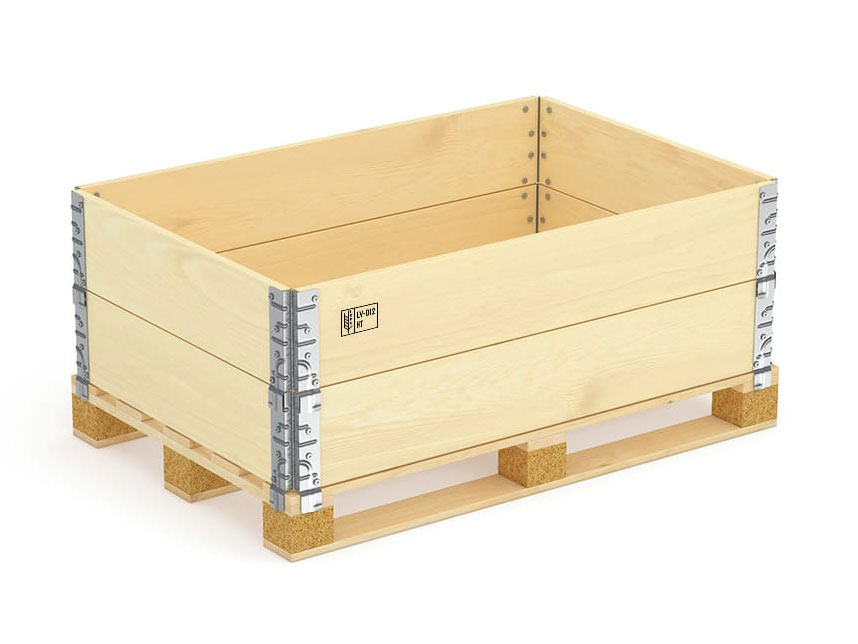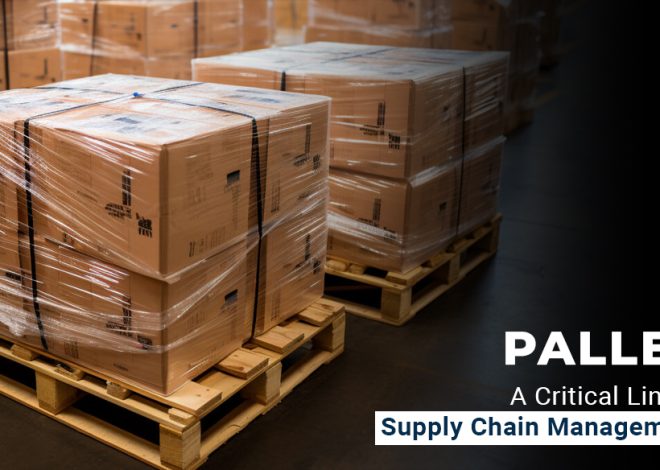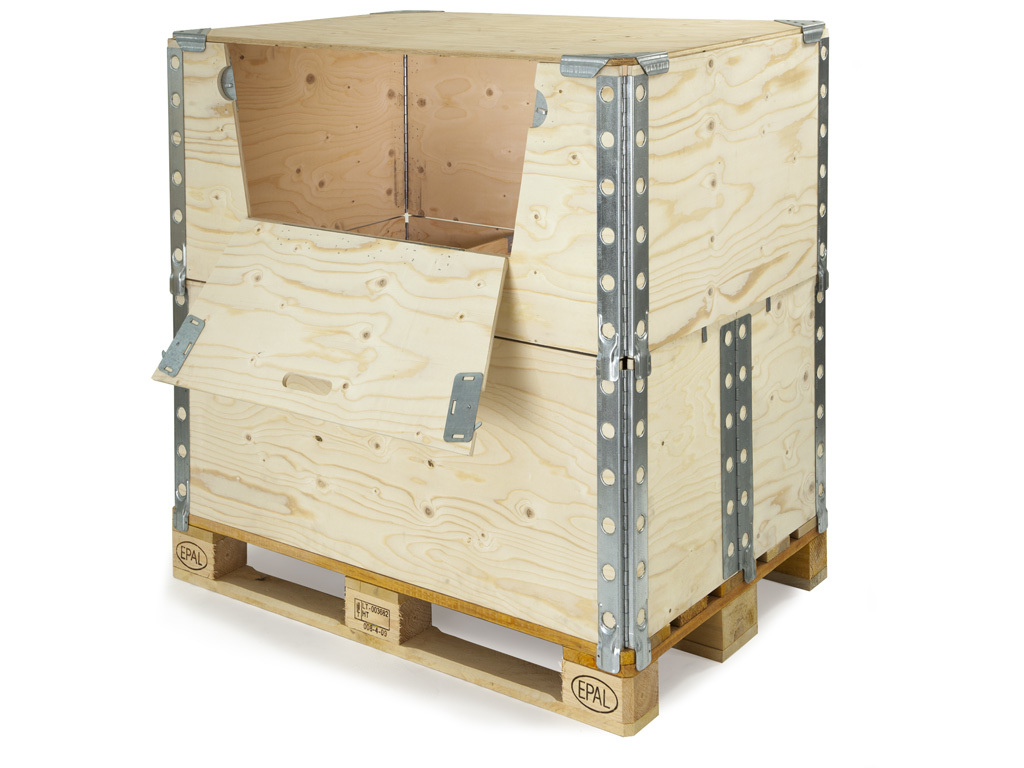
Virtually Just In Time deliveries – No waiting, no uncertainty
Implementing IoT (Internet of Things) devices or RFID (Radio-Frequency Identification) tags on pallets enables real-time tracking throughout the supply chain. This visibility allows businesses to monitor pallet inventory levels accurately, anticipate demand fluctuations, and proactively manage replenishments.
Utilizing advanced analytics and data forecasting tools can help predict pallet demand based on historical data, seasonal trends, and market dynamics. By analyzing these insights, businesses can optimize inventory levels, reduce overstocking or stockouts, and ensure a consistent supply of pallets when needed.
Building strong relationships with pallet suppliers and logistics partners is crucial for JIT pallet deliveries. Collaborative planning, clear communication, and shared visibility into inventory levels can streamline the entire pallet supply chain, minimizing delays and uncertainties.
Embracing agile logistics practices allows for swift response to changing demand patterns or unforeseen disruptions. This includes having backup plans, alternative suppliers, and contingency strategies in place to maintain continuity in pallet deliveries without interruptions.
Incorporating automation and robotics in pallet handling and distribution can enhance efficiency and accuracy. Automated pallet sorting, loading, and unloading processes reduce manual labor, minimize errors, and accelerate delivery times, supporting JIT principles.
Leveraging on-demand pallet rental or pooling services can provide a flexible and scalable approach to pallet management. Businesses can access pallets as needed, without the burden of maintaining large inventories, thus aligning with JIT principles while optimizing cost-effectiveness.








